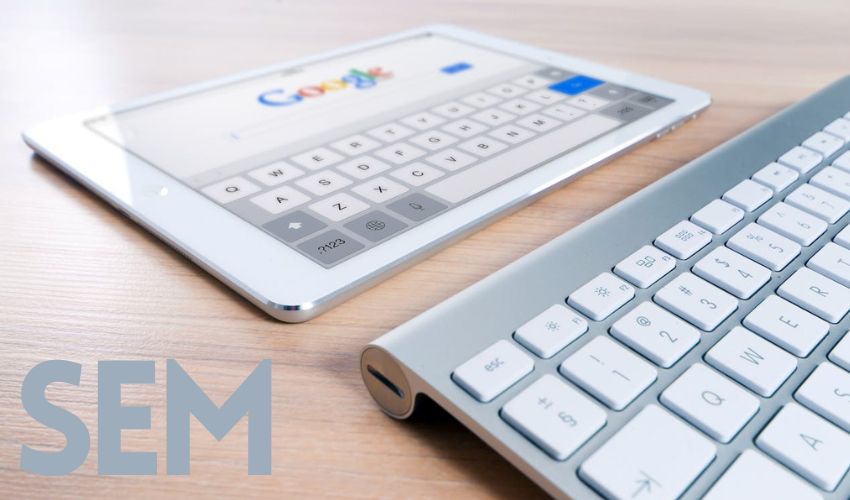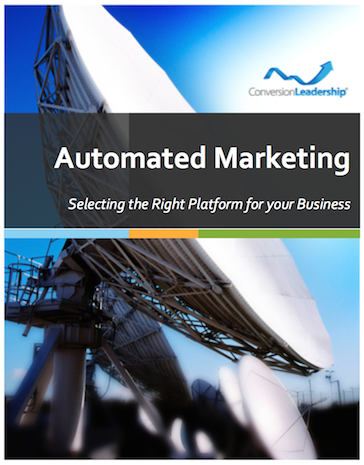Tailoring Calls to Action for Different Platforms

In the multifaceted world of marketing, a Call to Action (CTA) is not a one-size-fits-all solution. Depending on the platform, the design, placement, and messaging of a CTA must be adapted to maximize its impact and effectiveness. Here's a guide to customizing CTAs across various mediums:
Direct Mail CTA: Personalisation is Key
For direct mail, the CTA should be clear, concise, and prominently positioned. Since direct mail is tangible, use of bold colours and larger fonts can make the CTA stand out. Personalisation plays a significant role here - addressing the recipient by name and tailoring the message to their interests can significantly boost response rates ... and always include an easy way to respond, like a return envelope, QR code, or a simple URL.
As most recipients of direct mail will scan the item, rather than read it start to finish, it's important to accomodate this behaviour in your CTA positioning. It is recommended that you use the same CTA at least three times on your direct mail item (that means using the exact same CTA message each time it is used).
To make your CTA standout even more, whitespace can be used to great effect. The extra white space helps create a visual break and draws the reader’s attention right to where you want it.
Digital Ad CTAs: Urgency and Clarity
Digital ads are often fleeting glimpses into your brand. Hence, CTAs here need to be highly compelling.
Where your ads will be displayed will influence the colours you use, the fonts you select and the images you might include. From historic testing data, we now know that using a button in display ads encourages 'clicks' while animated buttons or strongly contrasting colours can help your CTA catch the eye in a crowded digital ad space.
Banner and display ads need to be visually captivating. Recognisable brands can leverage the power of their logo to grab ad focus. For brands with limited recognition, ads with minimal text in big sans fonts and simple easy to interpret graphics work best with high contrast in the design. Avoid generic imagery in your display ads, as they can more easily mislead or confuse the viewer.
Use action-oriented verbs to create a sense of urgency or exclusivity and synonyms, plurals, exact product names (even serial numbers) to make the ad positioning as targeted as possible. Keep it short and visually striking.
Search Pay-Per-Click (PPC) CTAs: Specificity Wins
In Search PPC campaigns, your CTA should be highly specific and aligned with the intent of the search query. Use clear, benefit-focused language and specificity that addresses exactly what the user is looking for. Phrases like “Fiverr Referrals - Get Paid Instantly” or “Roku Ultra in Stock Now” are direct and tell the user precisely what to expect.
The CTA should be prominently placed in the title so that it is visually distinct from the rest of the ad. Ad description text ideally shares 'bite sized' benefits as a short list to evoke persuasion principles -authority, scarcity, social proof, likability, commitment, reciprocity, unity.

Video and YouTube CTA Overlays: Engaging and Interactive
For video content, especially on platforms like YouTube, CTA overlays should be visually engaging without being intrusive.
CTAs can be displayed at any point in the video, but it is important to consider the storytelling flow and viewer engagement for best timing. For example, educational videos benefit most from CTAs placed at the end of the video after the viewer has gained valuable knowledge. Whereas a promotional video would benefit from a CTA being displayed on screen during the product demonstration.
The CTA messaging should be concise and strongly related to the content of the video. For example, a UNICEF video about war displaced Ukrainians might place a 'Save a Life Today. Donate Now' CTA at a point that has strongest emotional impact on viewers.
Having the CTA mentioned in the video audio track at the same time it is displayed also reinforces its message. While interactive elements like clickable buttons and form overlays on a video make it easier for viewers to take action without leaving the video.
Blog Post CTAs: Contextual and Value-Driven
Blog post CTAs need to feel like a natural extension of the blog post content. The design should complement the blog’s theme yet standout enough to draw attention. The CTA should offer additional value to that of the blog post content, making it relevant and compelling to the reader.
The use of directional signals such as dotted lines and arrows or animation are helpful elements that can draw the readers eye to your CTA. Because our eye is instinctively drawn to circular shapes (the eyes on a face), the use of round or circular design elements such as icons are also helpful when pulling attention to your CTA on a busy blog post.
For English language speakers, our natural left to right reading and writing habits means we share a visual attention behaviour called the 'F-shaped pattern'. It can be helpful to use the 'F-shaped pattern' as a guide for CTAs until you have conducted testing to discover the best placement for conversions.
Mobile Phone CTAs: Simplicity and Accessibility
For mobile, CTAs must be easily clickable and visible. This means using large fonts, finger-friendly button sizes and contrasting colours (and avoiding text link type CTAs).
Placement is crucial - CTAs should be accessible without interfering with the user experience. Due to the limited screen space; placed in a 'sticky headband', 'sticky shoes' or in 'high thumb active' areas.
Colour saturation and brightness can be used to signal CTA priority when multiple CTAs must be used, such as in eCommerce scenarios - 'Continue Shopping', 'View Cart' and 'Checkout'. Adding an icon next to the highest priority CTA in this situation can also make it more attention grabbing.
Design Tips for Effective CTA Buttons
- Colour Contrast: Use colours that stand out from the background that the button appears on; but still aligned with your brand palette.
- Size Matters: Ensure the button is large enough to be noticed. The button proportions will depend on screen size it is intended to be displayed for.
- Action-Oriented Text: Use verbs that provoke action and excitement, like ‘Start’, ‘Discover’, ‘Join’.
- Shape and Spacing: Rounded corners are generally more clickable, when the surrounding elements have square corners (and vice versa). Consider adequate spacing around your CTA message to make it easier to read.
- Whitespace: Use whitespace effectively to make your CTA button stand out.
The most effective CTA is not static; it evolves depending on the platform and specific audience. By tailoring your CTAs in terms of design, placement, and messaging to suit different mediums, you can significantly enhance their effectiveness, driving higher engagement and conversions. Remember, the key is to blend the CTA seamlessly into the platform while ensuring its design and placement pops out to grab the user’s attention.

